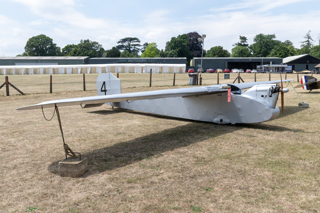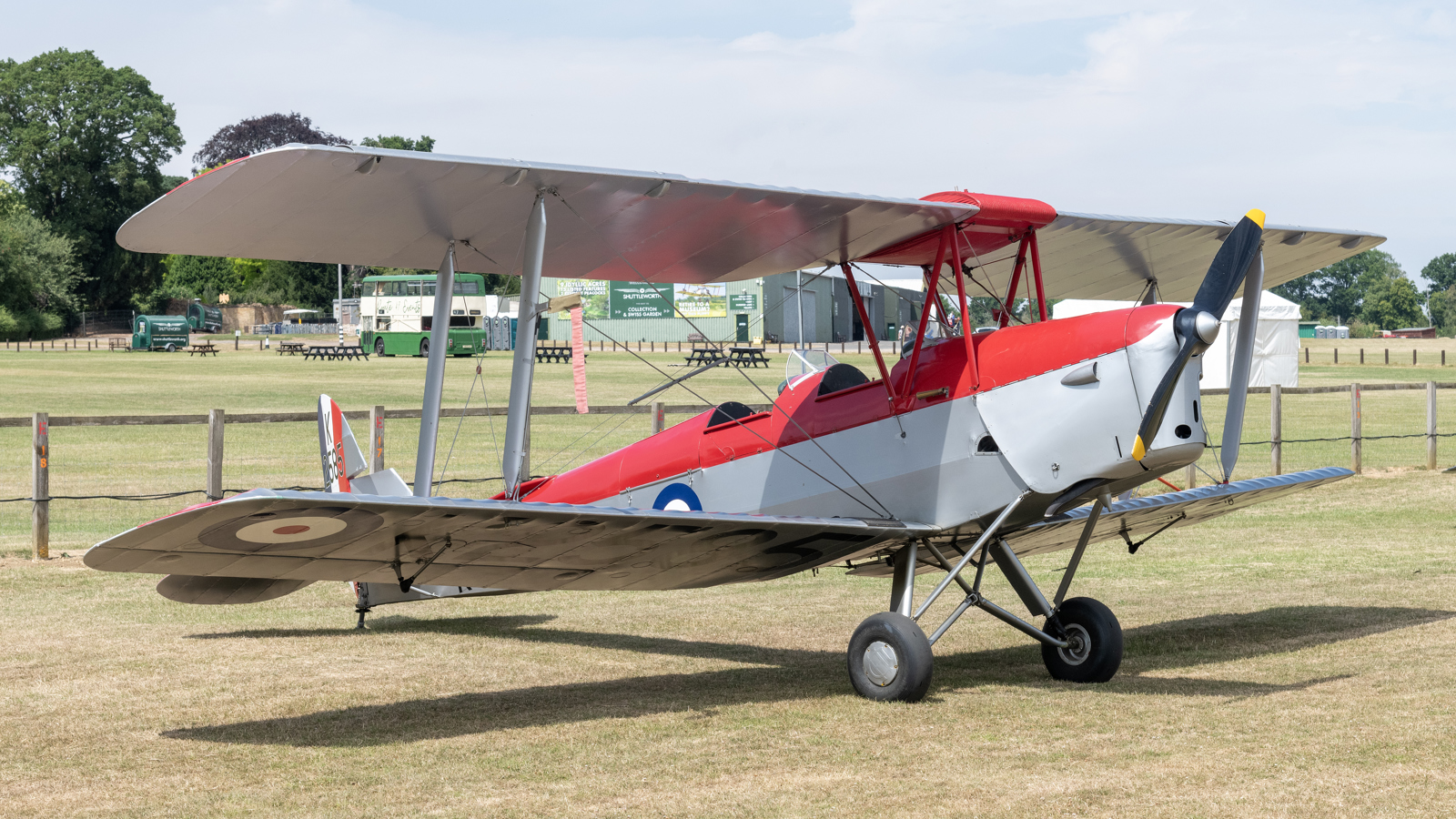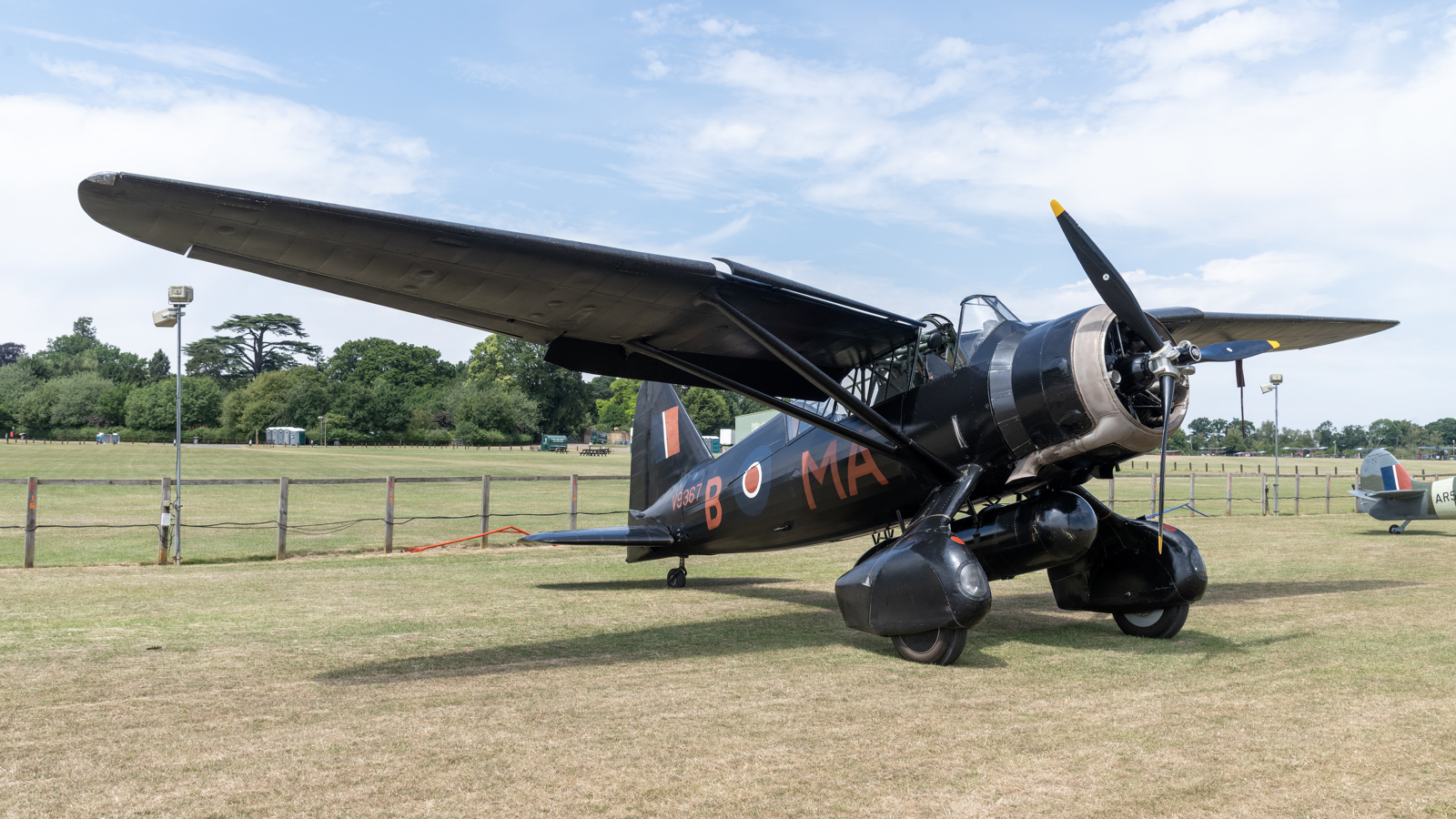English Electric Wren
The Wren was designed by W.O. Manning for the English Electric Company in Preston, Lancashire, and was offered to the Air Ministry as an ultra-lightweight training aeroplane capable of operating on very low power yet able to sustain a positive rate of climb.
The aircraft has a wooden airframe covered with fabric. The wings were designed for glider-like performance and attached at shoulder level to the narrow fuselage.
The prototype Wren first flew in 1923 and handled reasonably well, but its ability to climb was somewhat laboured and, consequently, its flying activities were confined to favourable weather. Nevertheless, two modified versions were built and entered in the 1923 Light Aeroplane Trials, held at Lympne in Kent. There, one flew a distance of 87.5 miles on a single gallon of fuel - a considerable achievement by any standard.
About this aircraft
Initially built as Competition No 4 (Constructor’s No 3) and flown at Lympne in 1923, it was much later presented to the Collection by R.H. Grant of Dumfries. The aeroplane was rebuilt by the English Electric Company, using some components supplied by the Science Museum, and flew again in January 1957.
It was extensively refurbished again at Warton in 1980 and returned to the Collection early in 1981.
Specification
| Title | Detail |
|---|---|
| Type | Single seat monoplane |
| Design purpose | Ultra-light trials |
| Wingspan | 37ft |
| Overall length | 24ft 3in |
| Weight | 232lbs |
| Max speed | 40mph |
| Year | 1923 |
| Manufacturer | English Electric Company |
| Engine | 8hp ABC |
| Engine type | Flat-twin |
| Era | Interwar |
| Status | Collection owned |
| Registration | G-EBNV |
Other collection items
Register for Updates
Be the first to hear about our latest events and get all the Shuttleworth news









